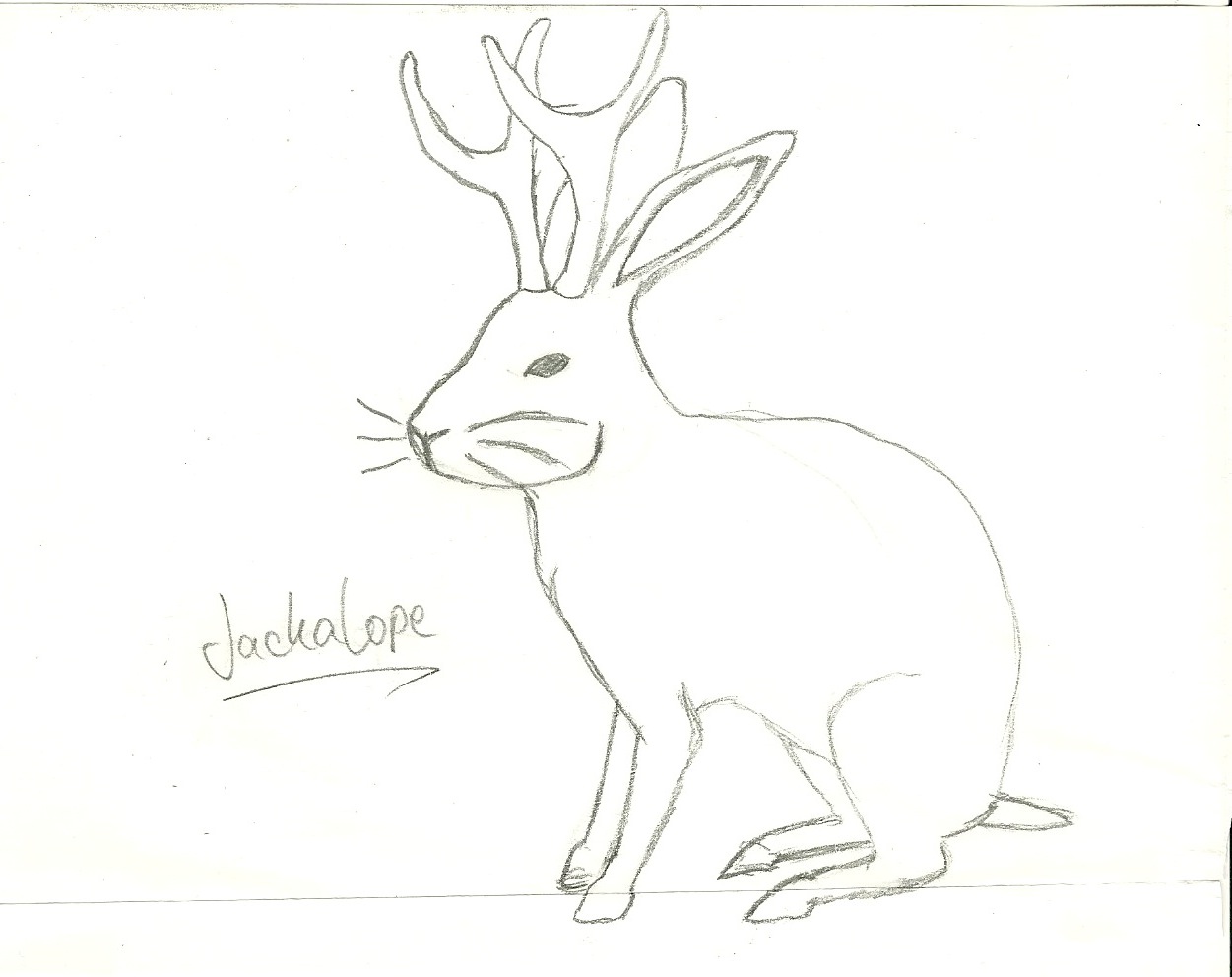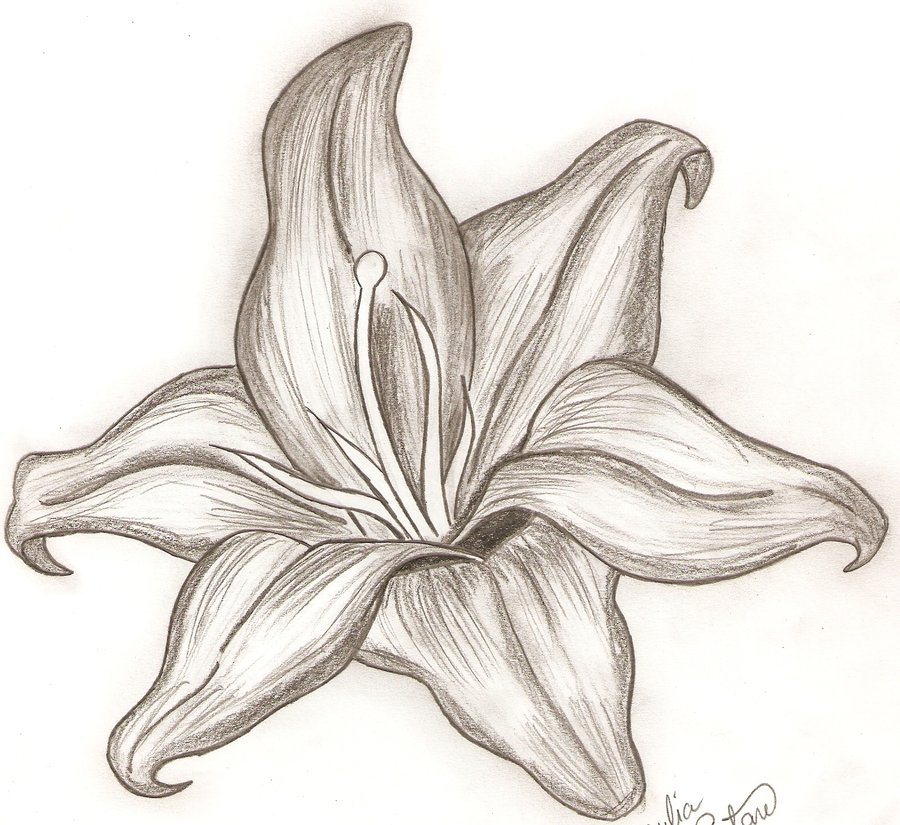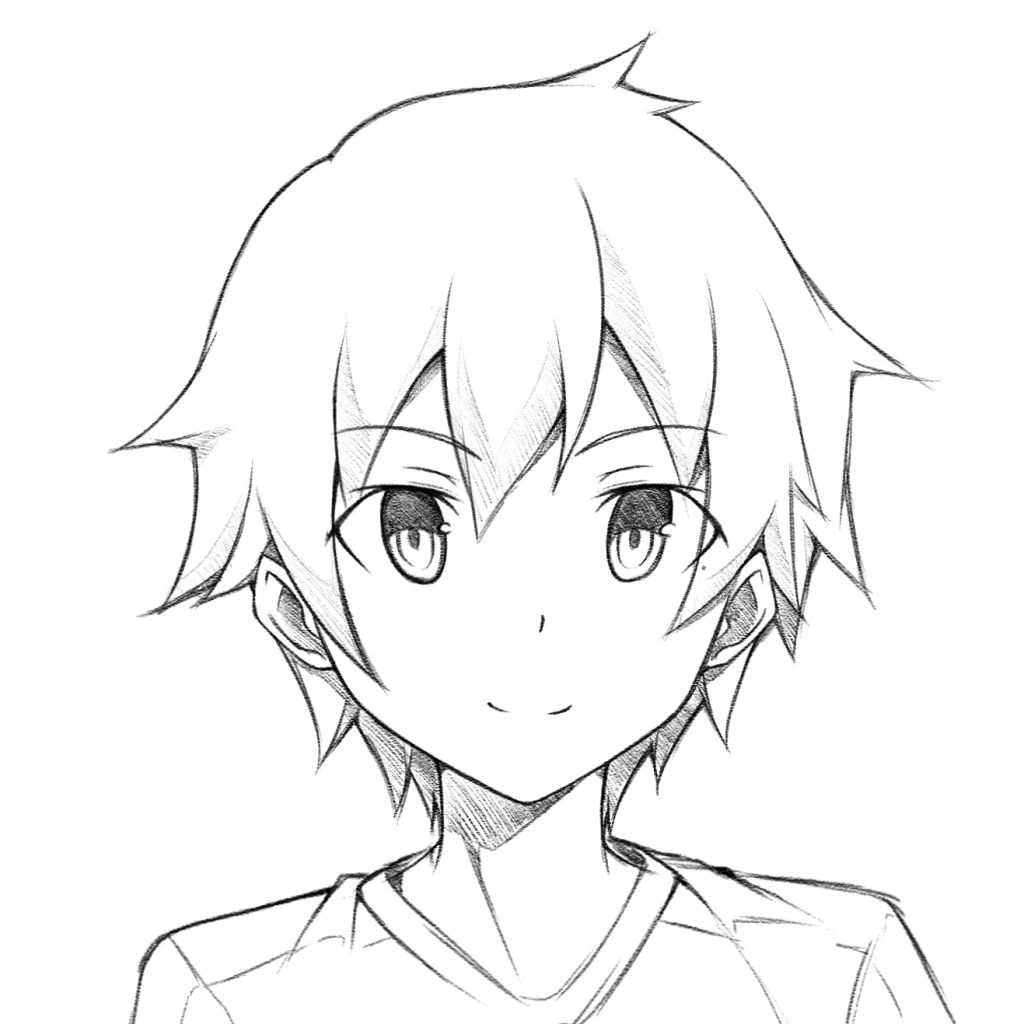Creativity week competition
Table of Contents
Table of Contents
If you’ve ever wanted to bring your imagination to life through drawing, you’ve probably found yourself struggling to create creatures that are entirely your own. Drawing imaginary creatures can be intimidating, but with a little guidance, anyone can do it. In this post, we’ll explore how to draw imaginary creatures and provide tips and tricks to help make the process easier.
When it comes to drawing imaginary creatures, the biggest pain point is often figuring out where to start. It can be overwhelming to try to create something from scratch, especially if you don’t have much experience with drawing. Additionally, it can be challenging to make your creatures look believable and cohesive.
The first step in learning how to draw imaginary creatures is to establish some basic guidelines. Determine whether you want your creature to have fur, scales, feathers, or something else entirely. Think about its anatomy- does it have arms, legs, wings, or all of the above? By establishing these basics early on, you’ll have a better idea of where to start.
To create your imaginary creature, start by sketching out a rough outline of its body and limbs. Use basic shapes- rectangles for the body, circles for the joints, and triangles for the feet. Once you have a rough outline, start to fill in the details. Draw in the features that you’ve decided on- fur, scales, wings, etc. Don’t worry if your creature looks a bit rough around the edges at first- you can refine it later.
The Importance of Reference Images
One trick that can help make the process of drawing imaginary creatures easier is to look to reference images. You can use photographs of real animals or mythical creatures as a jumping-off point for your own designs. This can help you get a sense of how limbs and joints work together and can give you ideas for details that you might not have thought of otherwise. Just be sure not to copy someone else’s work- use reference images as inspiration rather than a template.
Adding Detail to Your Creature
Once you’ve established the basic shape of your creature, it’s time to start adding in more detail. Think about its personality- is it friendly, menacing, or somewhere in between? Use details like facial expressions, pose, and color to help bring your creature to life. Don’t be afraid to experiment and make changes as you go. This is all about letting your imagination take over.
Using Color to Enhance Your Creature
Color can be a powerful tool when it comes to bringing your imaginary creature to life. Think about what unique color schemes might make your creature stand out. Consider using contrasting colors to highlight different aspects of its body- for example, if you’ve given your creature wings, you might choose to make them a vibrant hue to draw attention to them. Don’t be afraid to experiment with different color combinations until you find one that works.
Refining Your Creature
Once you’ve created your first draft of your imaginary creature, take a break and come back to it with fresh eyes. Look for areas that need improvement and make changes until you’re happy with the final result. Remember that this is a creative process, so don’t be too hard on yourself. If something isn’t working, don’t be afraid to scrap it and start over.
Question and Answer
Q: What’s the best way to come up with ideas for an imaginary creature?
A: The best way to come up with ideas is to let your imagination run wild. Think about what kind of creature you’d want to see in a story or movie, and start sketching it out. You can also look to mythology and other works of fiction for inspiration.
Q: Do I need to be good at drawing to create an imaginary creature?
A: No, you don’t need to be an expert artist to create an imaginary creature. The basic techniques we’ve outlined in this post can be learned by anyone with a bit of practice and patience.
Q: Can I create an imaginary creature digitally instead of by hand?
A: Absolutely! There are many digital tools available that can help you create and refine your creature. Just make sure to practice using the tools beforehand so that you’re comfortable using them.
Q: How can I make my imaginary creature look believable?
A: The key to making your creature look believable is to think about its anatomy and proportions. Try to make sure that its limbs and joints look like they could realistically support its weight. Additionally, using reference images can help give you a sense of what real creatures look like and can help you make your imaginary creature look more believable.
Conclusion of How to Draw Imaginary Creatures
Drawing imaginary creatures can be a fun and rewarding creative outlet. By following these tips and tricks, you can learn how to create creatures that are entirely your own. Remember to have fun with the process and don’t be too hard on yourself- this is all about letting your imagination take the lead.
Gallery
Creativity Week Competition - Design A Creature, Describe Etc

Photo Credit by: bing.com / animals animal imaginary sketchbook creature hybrid drawings drawing creatures metamorphosis describe fantasy school middle etc morphing lesson competition week other
2153a880106d2ebd6d96629269f692f8–griffins-sketchbooks.jpg (736×910

Photo Credit by: bing.com / fantasy creature drawing drawings pencil sketch animal griffin dibujos criaturas animales creatures mythical sketches sketchbook dragon anime animals cute magical
Image Associée | Denizkızı Sanatı, Çizim Fikirleri, Sanat Karalama Defteri

Photo Credit by: bing.com / fantasy creature drawing drawings sketch sketches pencil cool trees tree artwork c5 bc google
Mythical Creature Drawing At GetDrawings | Free Download

Photo Credit by: bing.com / mythical creature creatures drawing sketches mythological drawings favourite challenge getdrawings galway scrawl pub jackalope paintingvalley
Cerberus | Greek Mythology Tattoos, Mythical Creatures Art, Cerberus

Photo Credit by: bing.com / cerberus easy draw mythical creatures drawings sketch deviantart mystical greek mythology hades coloring pages tattoo fox creature sketches mythological animal





